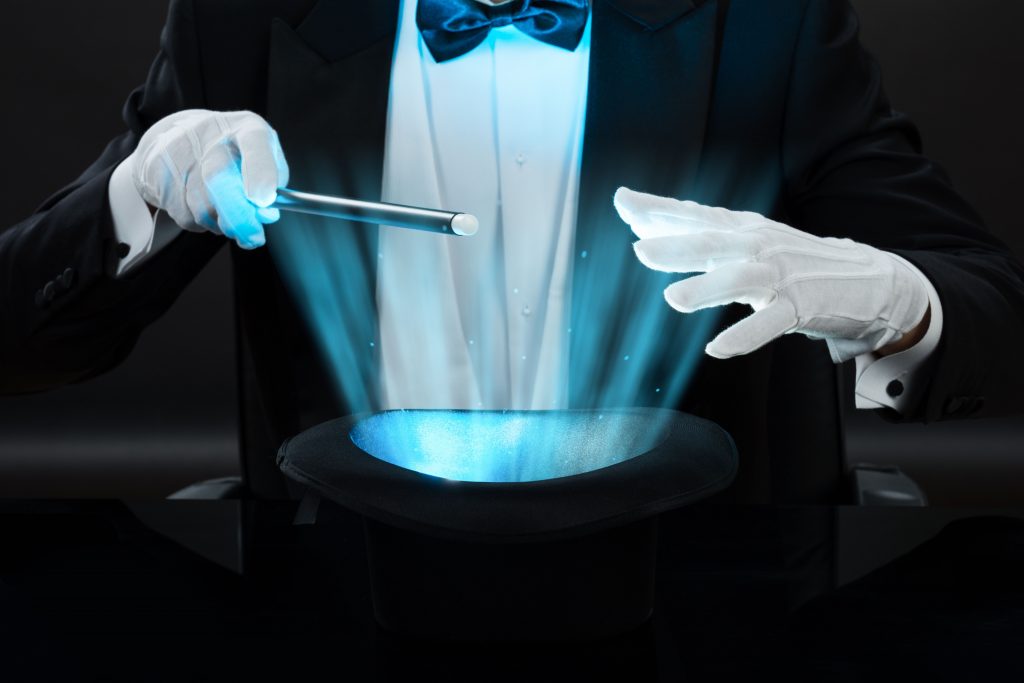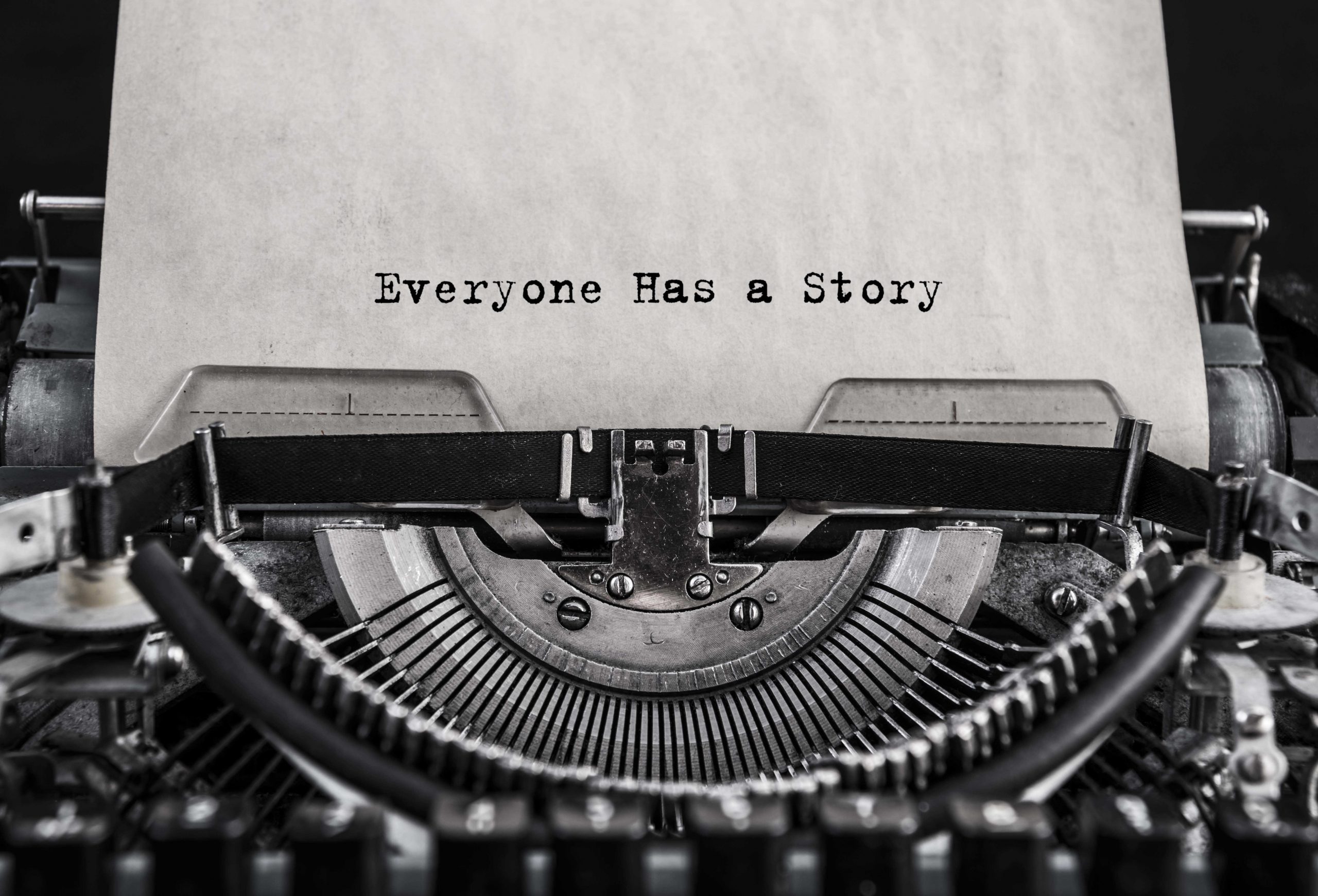How to Design the Customer Experience Center
In my previous blog, I recounted the “5 Best Practices for Customer Experience Centers,” which focused primarily on what existing customer experience centers do well once they are up and running. But how the design of the experience is critical to creating opportunities for innovation. Let’s take a step back and consider the strategic decisions that go into how to design a great customer experience center.
Location
Location, location, location. One of the more crucial elements in designing a customer experience center is deciding where to put it. Your location should reflect your strategic objectives, so ask yourself: Is there value to being in a geography experiencing significant economic growth? Or does it make more sense to select an area with a high concentration of potential customers? Some centers pop up in clusters where technical excellence is emerging (e.g., Silicon Valley) to monitor trends, hear signals, and create opportunistic “collisions” that lead to accelerated innovation and strategic advantage.
The Story
What is your story? How do you talk about your company to others? Do you have just one story, or are there several?
One of the best pieces of advice we heard was to test your story internally before telling it to a customer. Does it resonate with employees? Your story should reflect who you are as a company and what your mission is: in other words, your “corporate DNA.” Malcolm Gladwell talks about “stickiness” in The Tipping Point, defining it as the quality that compels people to pay close, sustained attention to a product, concept, or idea. If your story doesn’t “stick” with employees, it’s not going to “stick” with customers.
Your story should be authentic. Struggles and mistakes are okay – failures are real and universal, and sharing them not only relates your history but also provides an opportunity to showcase how your company addresses that adversity. It isn’t enough for the customer to walk away fully knowledgeable – or even impressed with – your achievements. To move the relationship forward, you need to win their trust in you as a partner they can work with to create something meaningful.
The beginning of your story is likely the history of your companies’ capabilities and innovations, which is a fine ice-breaker but not the core of the interaction. Much more important is your approach to engaging the customer, putting them in your story to elicit a conversation about the really critical problems they need to solve. The solutions you created yesterday may or may not be the solution your customer needs tomorrow. The real story is in your willingness and ability to solve their problem, whether through investing in start-ups, building prototyping capabilities, or dedicating space for shoulder-to-shoulder applications engineering.
Set and Props
Deciding on the elements that will help your story come alive is a key part of your communications. Don’t assume you need to be overly flashy here: the most interesting and effective props were those that were highly relevant to the company, regardless of complexity or sophistication. A cardboard box can be just as fascinating – and, dare I say, sexy? – as a complex 3D printed component.

In general, the centers that made the best impressions used an effective blend of:
- Hands-on Interaction: Almost every center provided opportunities for customers to interact with samples in a simple and tactile manner, and the best ones found creative ways to maximize the physical proximity of a customer to the products. For example, one of the world’s leading innovators created stations with “person-size” indentations. This seemingly trivial design feature allowed the host to stay close to the customer while still keeping the product at the center of their attention. Whatever you do, just don’t keep the demonstration of your capabilities at arm’s length!
- Technology: Touchscreen displays provide flexibility to tailor content to each individual visitor and the areas that may be of most interest to them. Centers we visited frequently leveraged already available content (e.g., maps of locations), as well as quick videos of technical concepts or product demonstrations.
- Kinesthetics: There was a flow of movement designed into many of the centers, usually permitting various pathways to allow for the selection of areas of most interest to each particular visit/visitor. The most memorable kinesthetic moment we experienced was in a center in Silicon Valley with headquarters on the East Coast. As our host walked us through their corporate history, we literally turned the corner from their past to their future – the unique story of their Silicon Valley mission. Simple, yet incredibly effective.
The best centers also demonstrated a powerful commitment to reaching a common understanding with visiting customers. For more complex concepts, analogies work wonders – for example, an electrical components provider used a water table to illustrate how current flow works. Others use education and even quizzes to make sure their customers are on the right page. One company had learned that highly subjective concepts (like communicating the color you see) required some level-setting and developed an assessment to test the sophistication of their customers’ visual processes and bring them up to speed accordingly. By taking the time to make sure that the fundamental language “building blocks” were in place, this center ensured that they and their customers spoke the same language in order to arrive at the best possible solution in the most efficient way possible.

The Cast
Who do you want telling your story? Most centers utilized a dedicated corps of hosts, a group that knew the center layout and the props and could deliver a good overview of all the technologies and applicable business groups. Frequently, those dedicated hosts were supplemented by customer-specific sales personnel or “cameo” appearances by technology specialists. Centers that experienced a lot of traffic were cognizant of the benefits of rotating their hosts, but there were many longer-term hosts who remained in their position for 10-, 12-, or 15-years because they LOVED their job. Most hosts had tremendous passion for their company, their story, and the potential for innovation with their customers.
The Script
Ah. Trick category! There is no script. Just as every customer is unique, so is every customer interaction. It’s not unlike a first date. (Hopefully) you wouldn’t script out an entire evening’s conversation, but you might want to know enough about the other person to have a few topics ready to break the ice. As soon as some common ground is established, there are usually opportunities to connect at a more organic level.
In my next (and final) installment in this series, I’ll talk about how to transition from planning to execution and the best practices in preparing for and conducting a successful customer visit.
Find out how Newry can help your organization move smarter to move faster. Get traction in your market.
